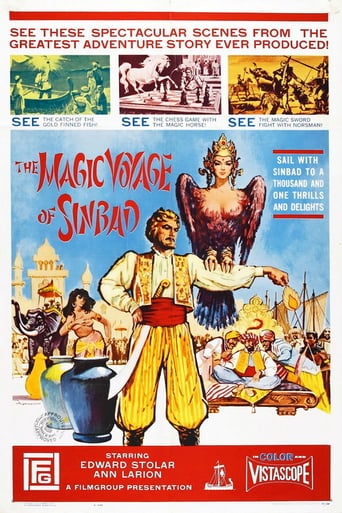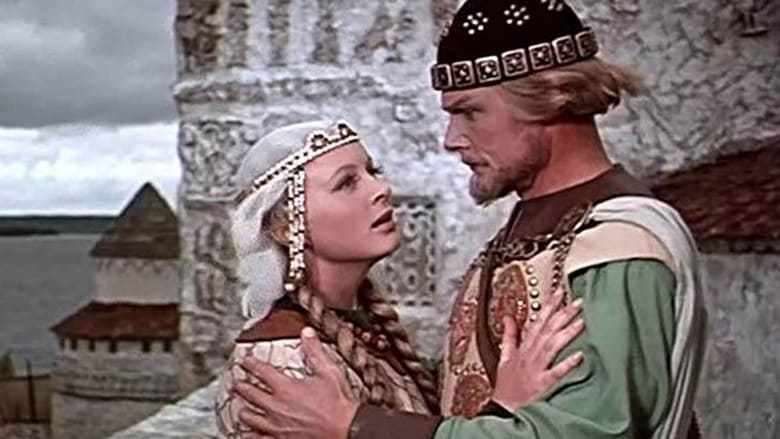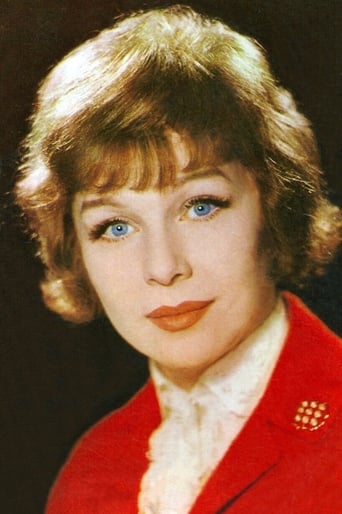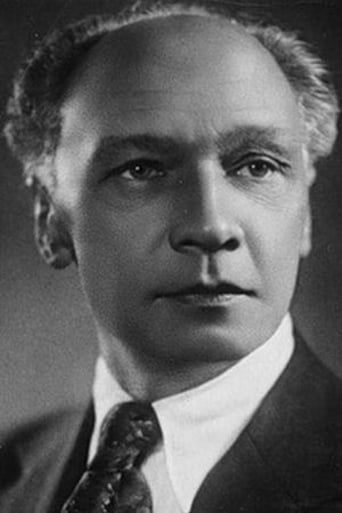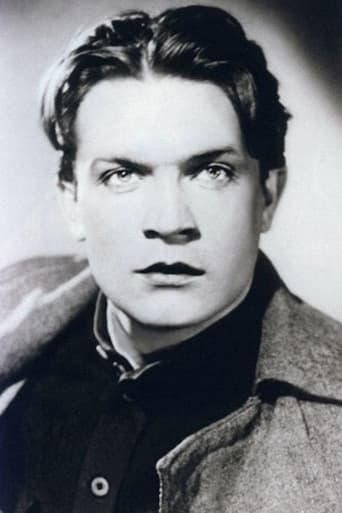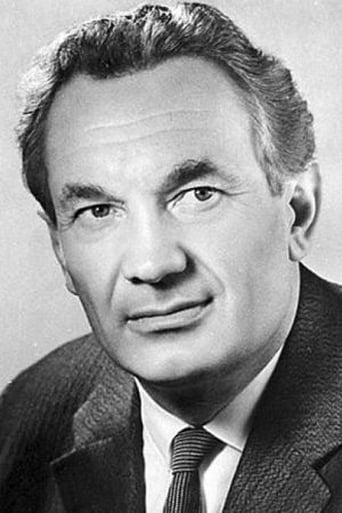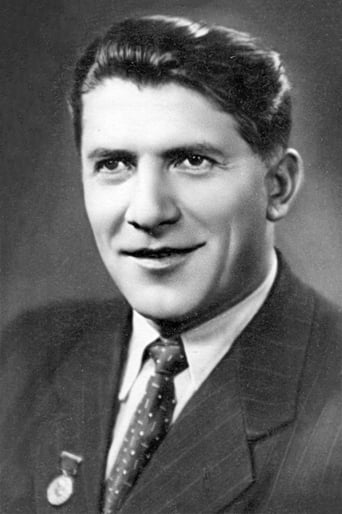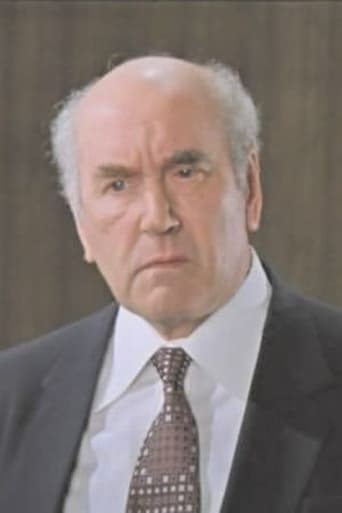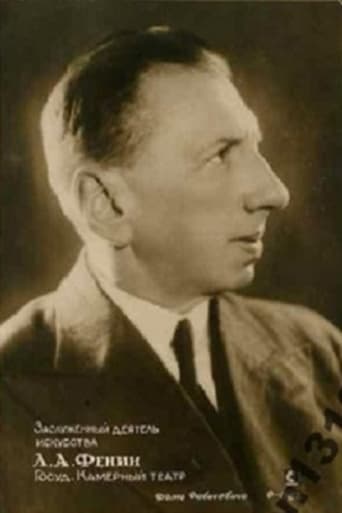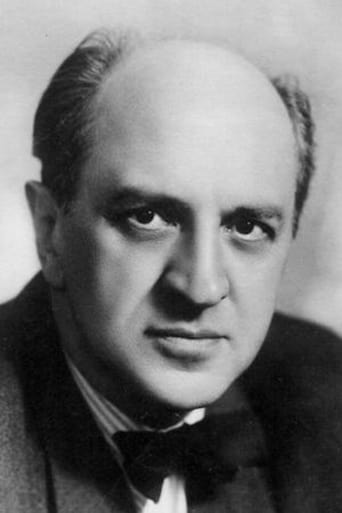Sadko is based on an opera by Nikolai Rimsky-Korsakov, which was based on a Russian epic tale of the same name. In the old Russian city of Novgorod, the merchants are feasting in a gorgeous palace and Sadko is bragging that he can bring to their land a sweet-voiced bird of happiness. They laugh at him, but he is offered help by the Ocean King's daughter, who is mesmerized by Sadko's singing and is in love with him. The hero is destined to visit many lands in his search of the bird. First shown in the USA in 1953 with English subtitles. This entry is for 1962 English-dub by Roger Corman's Filmgroup, which runs about 8 minutes shorter (removes much of the music) than the Russian original (see, Sadko, 1953)


Similar titles
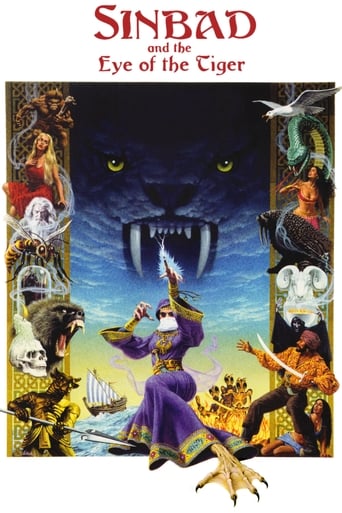

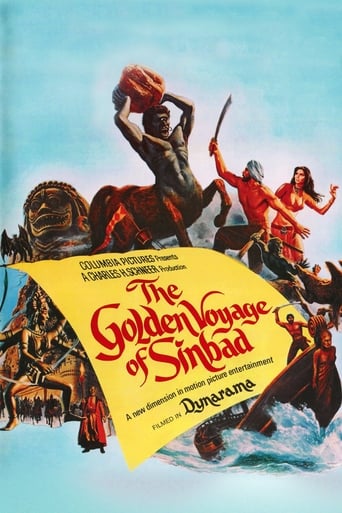
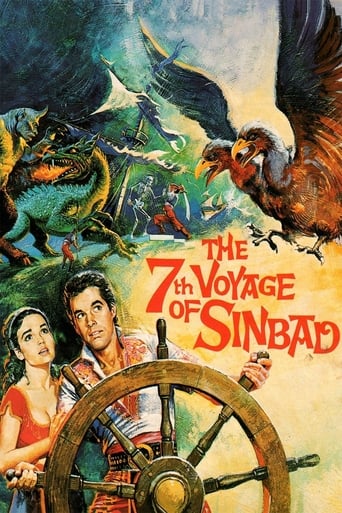
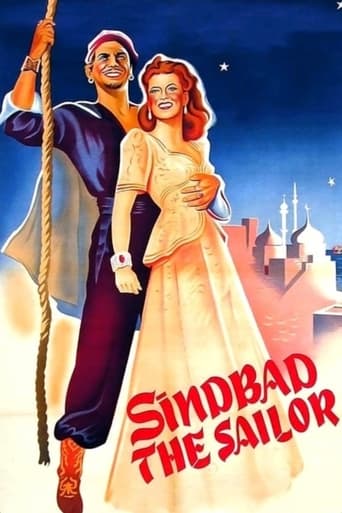
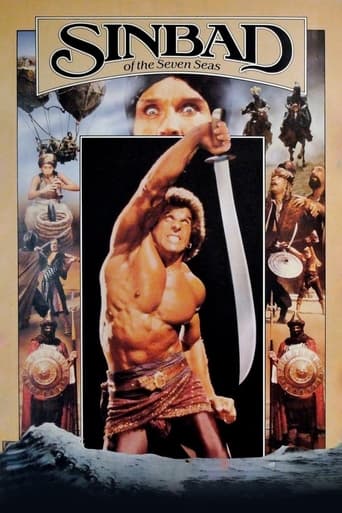

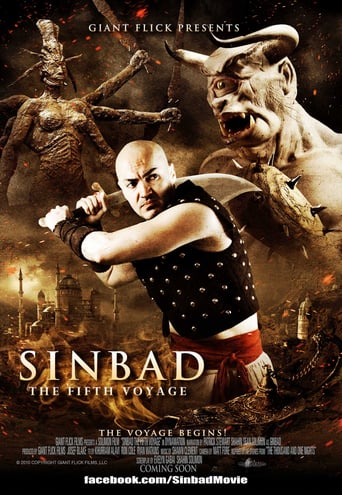
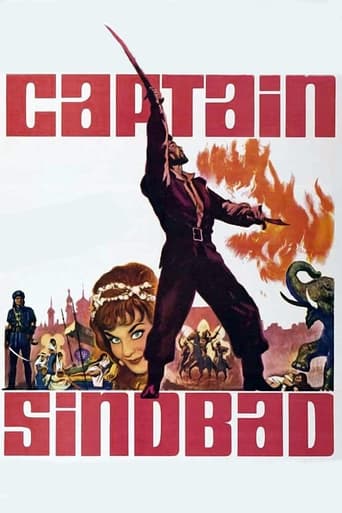
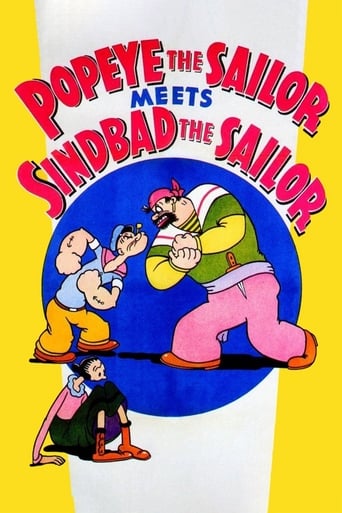
Reviews
at first sigh - a fairy-tale. at the second - admirable manifesto in gray time. because, far of all, it is product of time. not for naive special effects, not for nationalist message. but for courage to give another image of cinema art in deep Cold War. so, it is different propaganda. an interesting and powerful exercise to discover real Russia, far from red flags and ideological cages.the performance - sweet and nice -, the music, the silhouette of characters are testimonies of a little revolution. sure, not impressive. but really essential. because it marks end of a page. the joy, the adventures, the childhood piece from myth each is scene for a beginning. the death of Stalin is only a sign. the seed can be, like many others Soviet film, this poor , charming and seductive movie. as victory of a David against Goliath. a moral victory, of course. but not insignificant.
"Sadko" is a bizarre film--at least in the version I saw. Originally a Russian film, it was purchased, chopped to pieces and dubbed and it instantly became the English language film "The Magic Voyage of Sinbad"! Such strange practices were not unheard of during this era, as American-International did this with several Russian films during the 1960s. But, to try to hide its roots, all the Russian names were Americanized in the credits to try to hide its Russian heritage. My review is based only on the Westernized version--perhaps the original film was very good or the plot was totally different.Sinbad ('Sadko') lives in a land where the people are enslaved and everything looks yellowed...no, wait--that's just because of the bad print. I wished they'd just called him Sadko, as the sets are quite fanciful--but also very Russian of about the 15th century. The result is that the appellation 'Sinbad' is just confusing--as is the plot. The film comes off as VERY talky and dull--and has absolutely nothing to do with Sinbad. It was so bad and so confusing that I eventually gave up watching it--something I rarely do.So, it there anything worth seeing in this film? No.
Seldom do I have goosebumps from watching a fun fantasy film as I did with this wonderfully restored Russian FAMILY VIEWING film. I applaud the restorers for doing this timely work (and the translators for the subtitles!). I pray that they endeavor with more restorations of many Russian classics that we American's have not had opportunity to view. I have not watched the other version with the English language dubbing (The Magic Voyage of Sinbad), but I can gather from another user's comments that it had to have been pretty bad. I prefer original language in such films anyway and don't mind reading the movie.Considering the film was done in 1953 without our cgi stuff and other advanced technology of today, the visuals are absolute gems (well done). I had a flash forward of a Finding Nemo type fish in one of the scenes, which was about the only part that was more of a hokey cheaply done prop filler, which could and perhaps should have been edited out. However, due to the nature of that fishy prop, it was rather unique and funny, and added more to the fantasy theme of the movie.Even though the acting was somewhat stiffly hokey by mollywood viewers of the Americas, Russians have a certain flair akin only to their culture. It was refreshing to listen to the Russian men's deep voices that we usually associate with ruffians in many movies. And the Russian dancing! Loved it! So, to comments about the acting? Well, methinks ya need to know a few Russians (and their flair), and to turn back the clock in remembering when this movie was made ... without this "acting" this movie would have been the Pitts ... it gave the film that certain further flair of saying, "This is a fantasy flick, so don't take anything too seriously." Excellent family film (as long as the kids can read)!
This is an update to my comment which I wrote on April 28, 2005: This film (the original Russian film) has been completely restored by Mosfilm and is available on DVD in North-America from the Ruscico label, in most major outlets. The film restoration is incredible, the colours are vibrant and not a single frame is missing from the original elements. Furthermore, the Rimsky-Korsakoff music has been re-recorded in stereo and the sound is in 5.1 Dolby with lots of atmospheric surround effects. It comes with many extras, including two interviews with Stolyarov's son, who is not too kind to Francis Ford Coppola. I knew there was a masterpiece under all that grime and that bad sound. It just needed a lot of work. It's just too bad the release of the original did not receive one fifth the publicity of the Coppola atrocity ("The Magic Voyage of Sinbad"). By the way, the illustration on the IMDb "Sadko" page is not of this Russian film but of the opera version of the same name.This is my original comment of a year ago: I first saw 'Sadko' on television in French-speaking Quebec barely four years after it had been honoured at the Venice Film Festival. I was six years old at the time and the film was in French and in black and white. In those days of the Cold War, the French had no compunction about distributing Russian films and translating them into French and Canadian television had no compunction about showing this one to the very impressionable children it was meant to be shown to. This film was Russia's attempt to create a children's colour classic that would be on a par with 'The Wizard of Oz' and 'The Thief of Bagdad'. I think they succeeded admirably even though there is no denying its profound 'russianness'. 'Sadko' is based on a Russian fairy-tale that also inspired the opera of the same name by Rimsky-Korsakoff and it incorporates the opera's ballets and melodies in its action. The acting is exemplary of the Romantic operatic tradition somewhat tempered by the more realistic method acting of Stanislavsky. The hero is the very prototype of the rugged yet sensitive and (extremely)handsome peasant-poet who wants to bring happiness to the people of his city despite the active opposition, greed and selfishness of the fat, rich merchant capitalists who run the city of Novgorod. To achieve this, he goes searching for the legendary 'bird of happiness' but only finds, after many adventures, an Indian 'bird of forgetfulness', religion being the opium of the people, as Marx would have commented. He eventually comes to the same conclusion Dorothy comes to, 'There's no place like home'. The only way Americans have ever seen this film, for the most part, is through the emasculated version called 'The Magic Voyage of Sinbad' which, for purely exploitative reasons, turned this art film intended as a goodwill gesture for the world's children into a commercial adventure film by robbing it of its context (Sinbad was substituted for Sadko and Arabia for Russia), of its moral (all political speeches were mollified), of its characters (the love story was truncated), of its poetry (through a very bad translation) and of most of its glorious establishing shots. The original runs for 85 minutes and the Russian songs, music and acting make even the 'octopus's garden' scene palatable for adults. I thought I would have to spend a lifetime retracing this film in order to relive a very precious childhood memory. It took me months just to find out what the film's Russian title was and years to get my hands on two very bad VHS copies of 'The Magic Voyage of Sinbad' which have been bootlegged from television and which are offered by quite a few American distributors of offbeat cinema. I would recommend to anybody who is seriously interested in getting to know this film to do what I did. I made inquiries in the Russian gift shops of my city (Toronto) and eventually found a Mosfilm-approved PAL-to-VHS transfer of the original in Russian only without subtitles. This is no great loss in itself as the images and the music speak for themselves and the Russian speeches have a charm all their own. The strangeness of watching a Russian film without subtitles is also very liable to recreate in the viewer the very sense of wonder which children were supposed to experience when they first see this film. Unfortunately, even this 'official' video version is a poor transfer (although infinitely better than the American bootlegs), especially lacking in definition and solid colour and its hi-fi soundtrack suffers from a continual hiss. It suggests that the original could probably use a major (and costly) restoration. But it also shows that this film can boast great direction, magnificent composition, photography and lighting, elaborate art direction, impressive handling of crowd scenes, great costumes, evocative special effects (the bird of forgetfulness is a particularly powerful and memorable image) and a general poetic tone that is its reason for being and the first casualty of its American 'adaptation'. Here's hoping that it makes its way to a decent DVD transfer one of these days, and, why not, even a Criterion edition.
